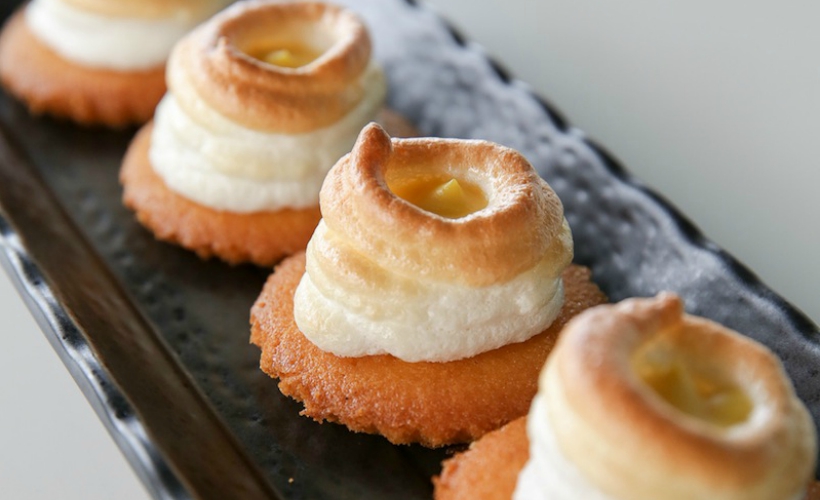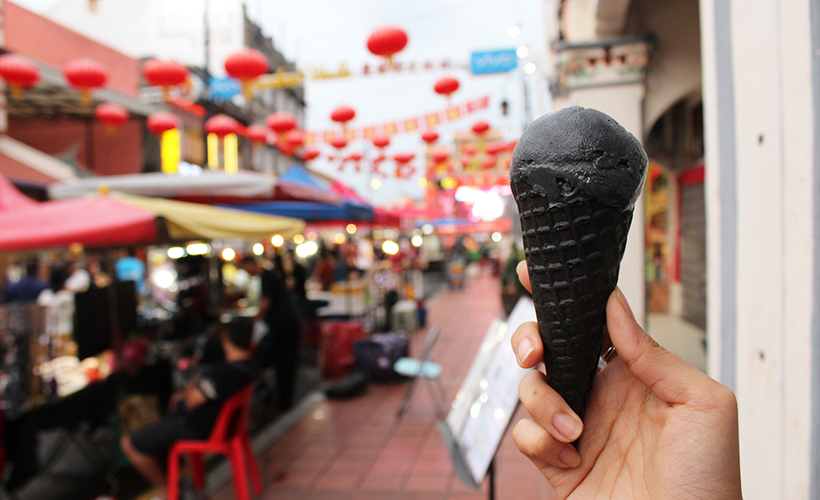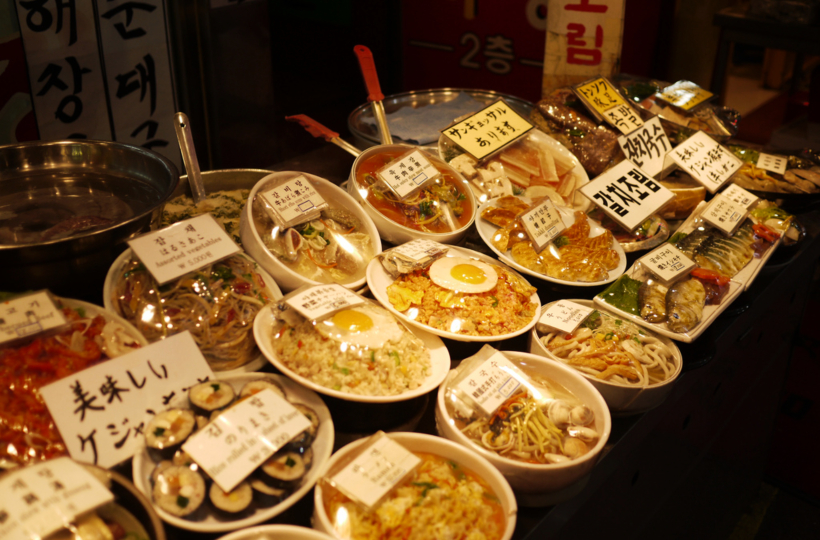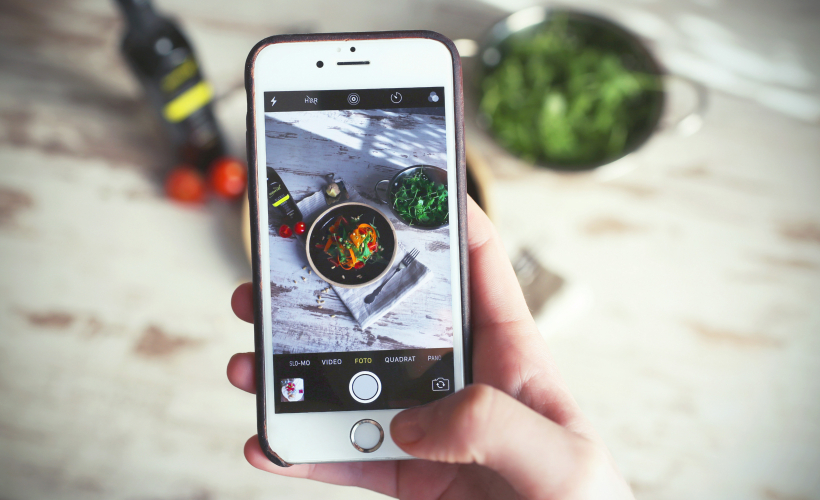
Shooting and sharing photographs of food is practically second nature for frequent foodie travellers. What better way to showcase the culture and colours of the country you are visiting than by sharing destination food photos to make your friends salivate longingly?
In my recent visits to Kuala Lumpur, I was extremely lucky to have local professional photographer and passionate foodie Robin Wong guide me to some of KL’s best eats. The conversation naturally turned to how to shoot better photos of my food. These are his key tips:
Come into the light
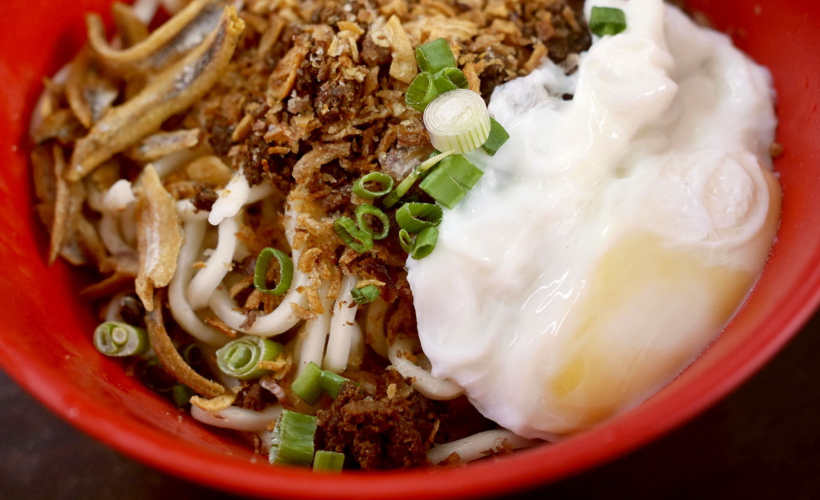
The first dish I was introduced to in KL was Restoran Kin Kin’s famous chilli pan mee. When I pulled my camera out in the dimly lit restaurant, Robin’s tip was to take my dish outside to the alfresco area where the natural light would illuminate the dish and help the camera capture the colours accurately.
He explained that strong side light is favoured for food photography as it facilitates contrast, which better defines the textures and colours of the subject. This can be achieved by photographing the subject next to a window or under a shaded alfresco area.
“Be prepared to move around to find the best lighting possible for your shots,” he advised.
This point was proven when the photos I took inside the restaurant turned out dull and flat, but his photo taken outside on a previous visit turned out beautifully.
This led to his next point and another lesson with another meal.
Put in the effort
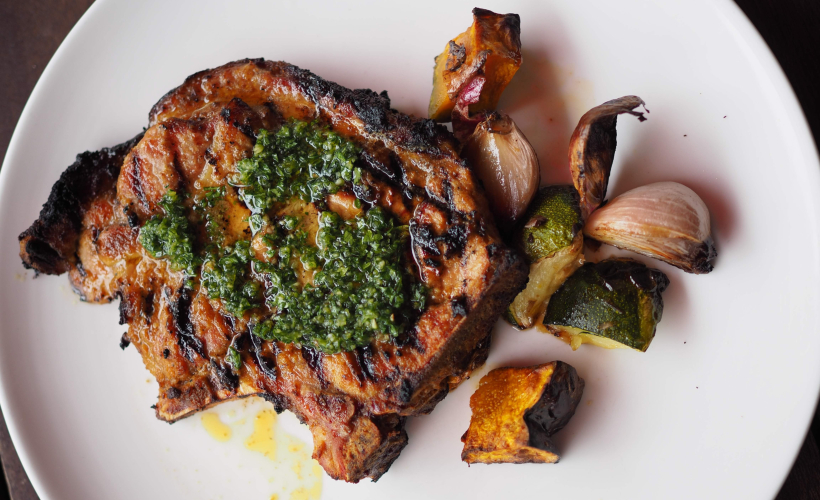
“You need to put in your effort and work hard too! Stand on the chair if you need to. Do not be shy and do not be afraid.”
In Restoran Kin Kin, I was too chicken to move my dish outside to shoot, resulting in a lacklustre photograph. This time, I took his advice.
Robin had been waxing lyrical about the pork steak at award-winning restaurant Ante, so we found ourselves there for a late lunch. We moved our dishes to the alfresco area, and the resulting photos turned out miles better than the ones taken inside.
But Robin cautioned being considerate to other diners. “Do not worry about the other patrons or what other customers think of you as long as you do not disturb them. If you do, then find the restaurant’s off-peak hours and do your shooting when there are less people around.”
Focus and bokeh
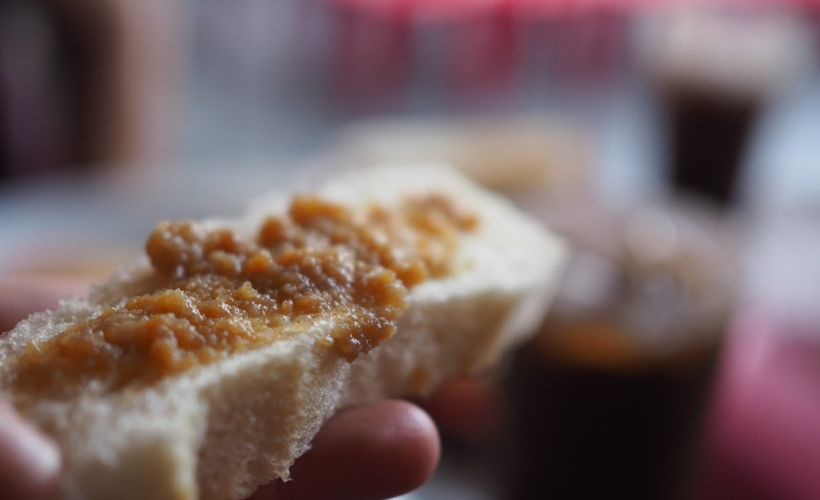
Robin was adamant on the use of focus and its accompanying effect, bokeh. Bokeh refers to the out of focus blurred area in a photograph that helps isolate the in-focus subject, making it pop immediately to viewers.
Every camera lets you select the focal point of your photograph. By telling the camera where capture the detail, the background will blur beautifully. Bokeh shots can be easily created by smartphones, or with prime lenses with large apertures if shooting with interchangeable lens cameras.
This was demonstrated at Hainanese restaurant Yut Kee, showcasing their homemade kaya on their ridiculously soft steamed bread.
When it comes to composition, less is more
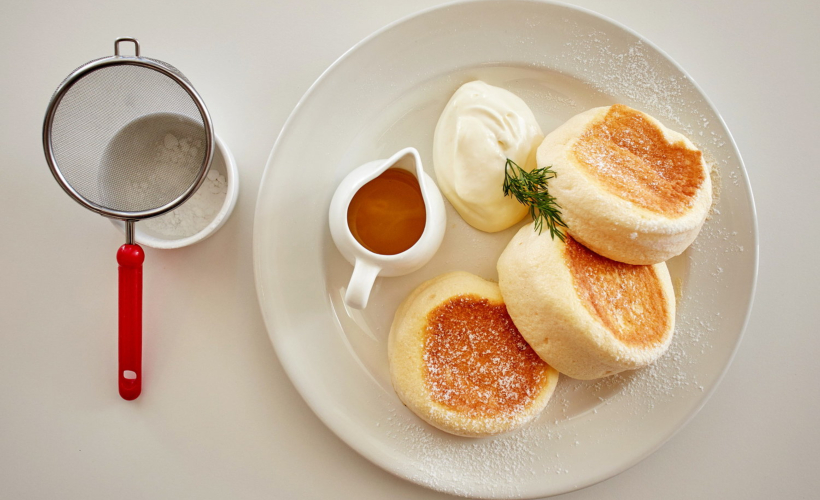
“I am a minimalist,” Robin shared his approach to framing his food shots. “Less is more… minimise the number of items and elements within the frame so the attention can be drawn directly to the food.”
Referring back to his earlier tip on using bokeh, Robin noted that the ability to blur out the background is crucial to managing busy and messy surroundings which may distract from your image. If possible, go for plain and simple backgrounds.
It is important to vary your composition angles. For example: shoot from above or the side, and do not forget to go close up to reveal the details and texture of food. In the following photograph, the fuwa-fuwa pancake is the star of the show, and the composition makes sure everyone knows it.
Keep shooting
Finally, Robin discussed the intent of food photography, and how to improve.
“Food shots must convey temptation and the desire to taste the food,” he said. “Developing the artistic sense of what works in food photographs takes time, and you will need to experiment and fail before finally developing that photography literacy.
“There are no shortcuts in photography. To grow as a photographer, you need to clock in the shooting hours to go far.”

